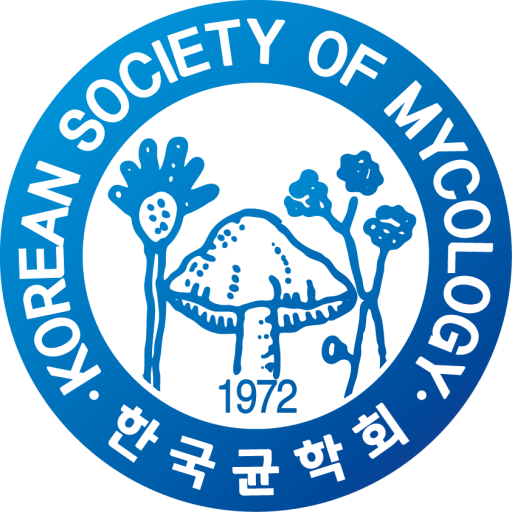Molecular Re-Identification of Trichoderma Isolates in the Korean Agricultural Culture Collection
Frederick Leo Sossah1,2, Anbazhagan Mageswaria1, Le Dinh Thao1, Dong-Hyun Kang1, Jae-Sung Lee1, Daseul Lee1, and Seung-Beom Hong1*
1Korean Agricultural Culture Collection, Agricultural Microbiology Division, National Institute of Agricultural Sciences, RDA, Wanju, Republic of Korea;
2Council for Scientific and Industrial Research – Oil Palm Research Institute, Coconut Research Programme, Sekondi-Takoradi, Ghana;
*Email: funguy@korea.kr
Trichoderma is a cosmopolitan fungal genus with diverse ecological roles and wide applications in agriculture, biotechnology, and biocontrol. Culture collections such as the Korean Agricultural Culture Collection (KACC) are vital for preserving this diversity and providing authenticated reference strains. However, many KACC isolates were identified only by morphology or internal transcribed spacer (ITS) sequencing, methods that often fail to resolve cryptic or closely related species. In this study, 163 Trichoderma isolates from KACC were re-examined using multilocus sequencing of translation elongation factor 1-α (EF1α), and RNA polymerase II subunit B (RPB2). Phylogenetic analyses revealed that most isolates belonged to the Harzianum clade (35.3%), followed by Longibrachiatum (15.4%), Atroviride (13.2%), and Viride (11.0%). Additional isolates were assigned to the Koningii (6.6%) and Virens (6.6%) clades, with smaller fractions in Brevicompactum, Hamatum, and other groups. Rare taxa such as T. spirale, T. viridescens, and T. polysporum were also identified. These findings highlight the broad taxonomic diversity of Trichoderma maintained in KACC and establish an updated molecular framework for accurate species assignment. This work enhances the value and reliability of the collection as a resource for ecological, conservation, and applied research.

 English
English